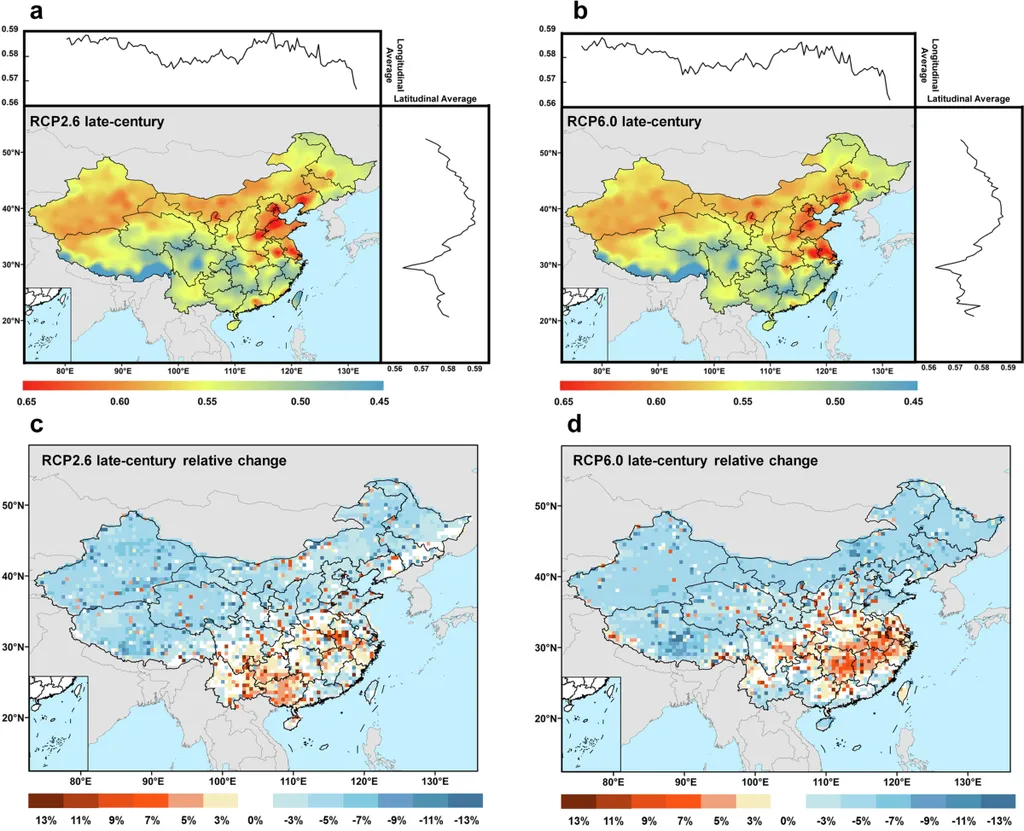In the vast Black Soil Region of Northeast China, a silent crisis is unfolding beneath the surface. Groundwater, a vital resource for the region’s expansive irrigated agriculture, is rapidly depleting. A recent study led by Yexiang Yu from the Northeast Institute of Geography and Agroecology, Chinese Academy of Sciences, and the University of Chinese Academy of Sciences, sheds light on the drivers behind this decline, with significant implications for the agricultural and energy sectors.
The study, published in the journal *Agricultural Water Management* (translated as “农业水资源管理”), utilized high-resolution data from the Gravity Recovery and Climate Experiment (GRACE) satellites to analyze groundwater storage changes from 2003 to 2022. The findings reveal a stark reality: groundwater storage in the region is declining at an annual rate of 3.72 mm, with significant seasonal fluctuations.
“Expansion of irrigated areas is a major driver contributing to groundwater storage decline,” Yu explained. The study found that irrigated agriculture expansion accounts for 26.6% to 31.6% of groundwater storage decline in key agricultural areas like the Sanjiang Plain, Liaohe Plain, and West Liao River Basin. This trend is driven by increased water consumption for irrigation, highlighting the urgent need for sustainable water management practices.
The research also identified natural factors contributing to seasonal groundwater storage trends. Snowmelt in spring and monsoon precipitation in summer were found to be major contributors to increased groundwater storage. However, these natural factors alone cannot offset the long-term decline driven by anthropogenic activities, particularly agricultural expansion.
The implications of this research extend beyond the agricultural sector. Groundwater depletion can have significant impacts on energy production, particularly in regions where groundwater is used for cooling in thermal power plants. As groundwater levels decline, energy producers may face increased costs and operational challenges, potentially leading to higher energy prices and reduced grid stability.
Moreover, the study’s use of random forest regression models to quantify the relative contributions of natural and anthropogenic factors sets a new standard for groundwater management research. This approach allows for more precise and targeted interventions, helping policymakers and stakeholders make informed decisions about water use and conservation.
As the world grapples with the challenges of climate change and resource depletion, studies like Yu’s provide critical insights into the complex interplay between human activities and natural systems. The findings underscore the urgent need for sustainable water management practices and highlight the potential consequences of inaction.
For the energy sector, this research serves as a wake-up call. As groundwater levels continue to decline, energy producers must adapt and innovate to ensure a stable and sustainable future. This may involve investing in alternative cooling technologies, improving water use efficiency, or exploring renewable energy sources that are less dependent on water resources.
In conclusion, Yu’s research offers a compelling case for the need for sustainable groundwater management in the Black Soil Region of Northeast China. By understanding the drivers of groundwater storage decline, stakeholders can take proactive steps to mitigate the impacts and ensure the long-term sustainability of both the agricultural and energy sectors. The study’s findings, published in *Agricultural Water Management*, provide a valuable resource for policymakers, researchers, and industry professionals seeking to address this critical issue.

